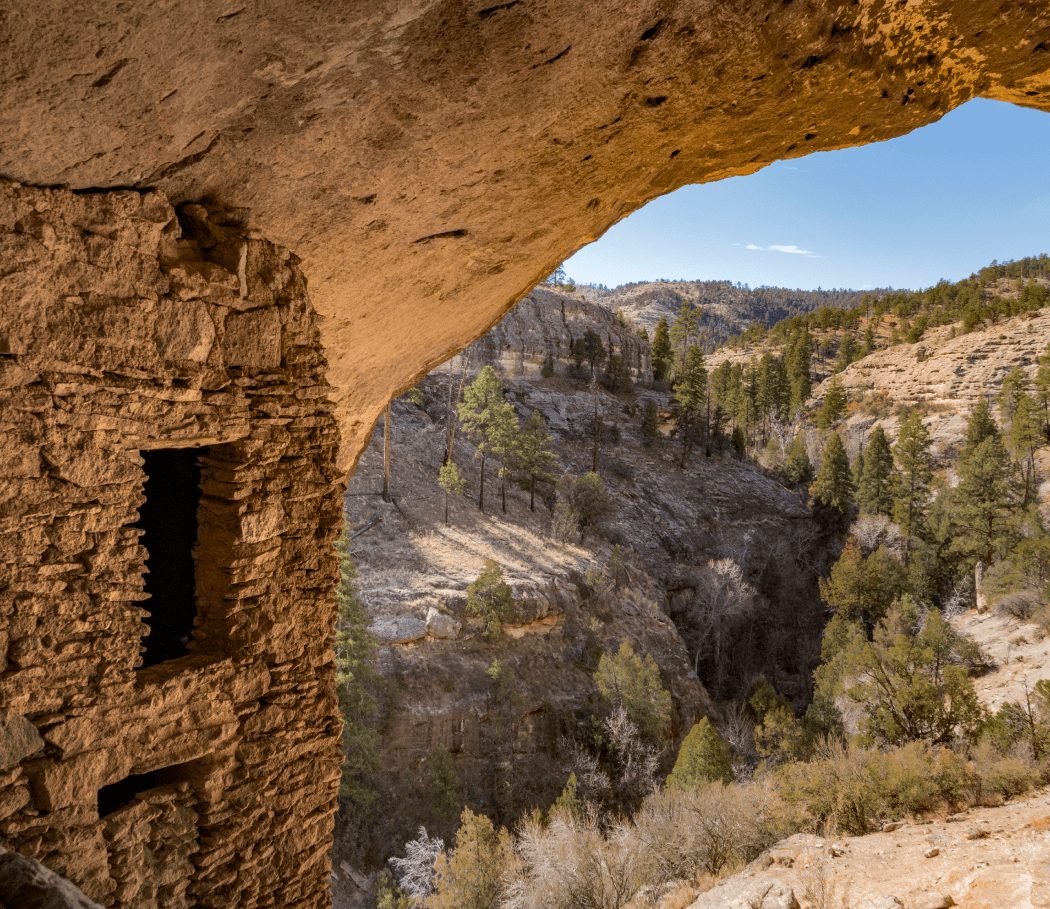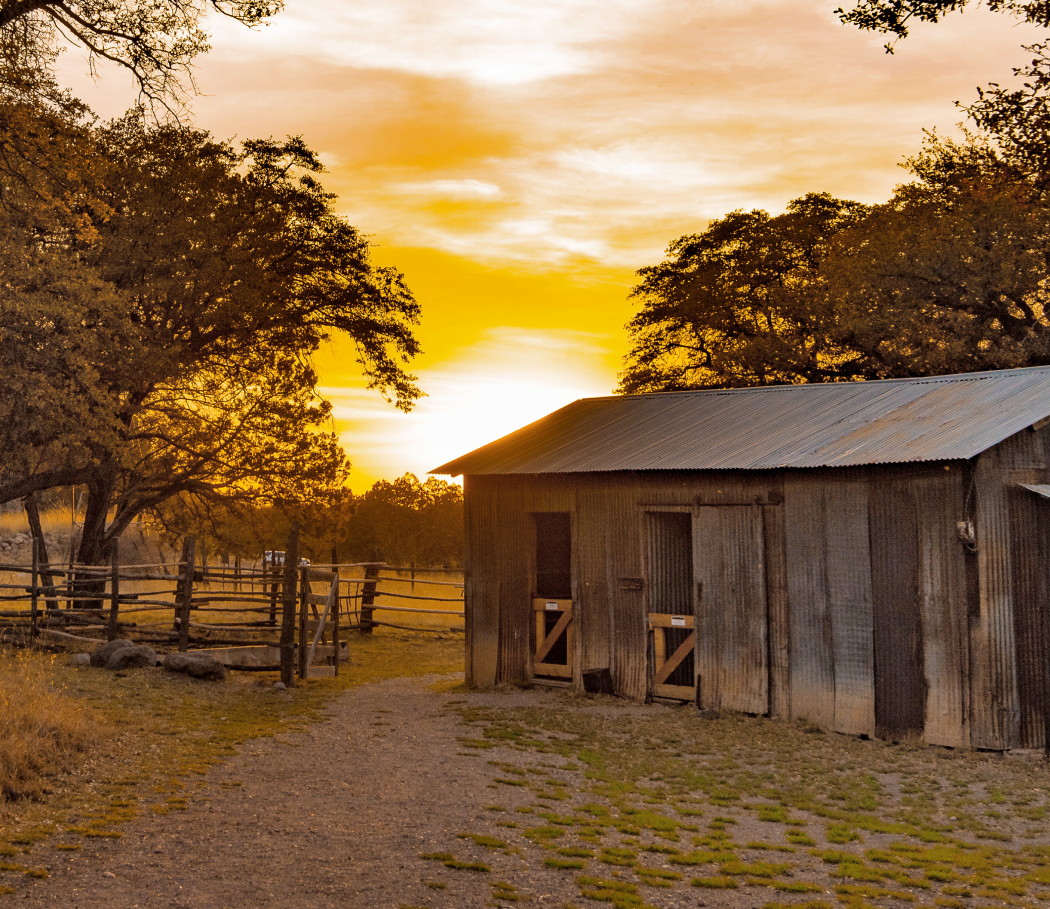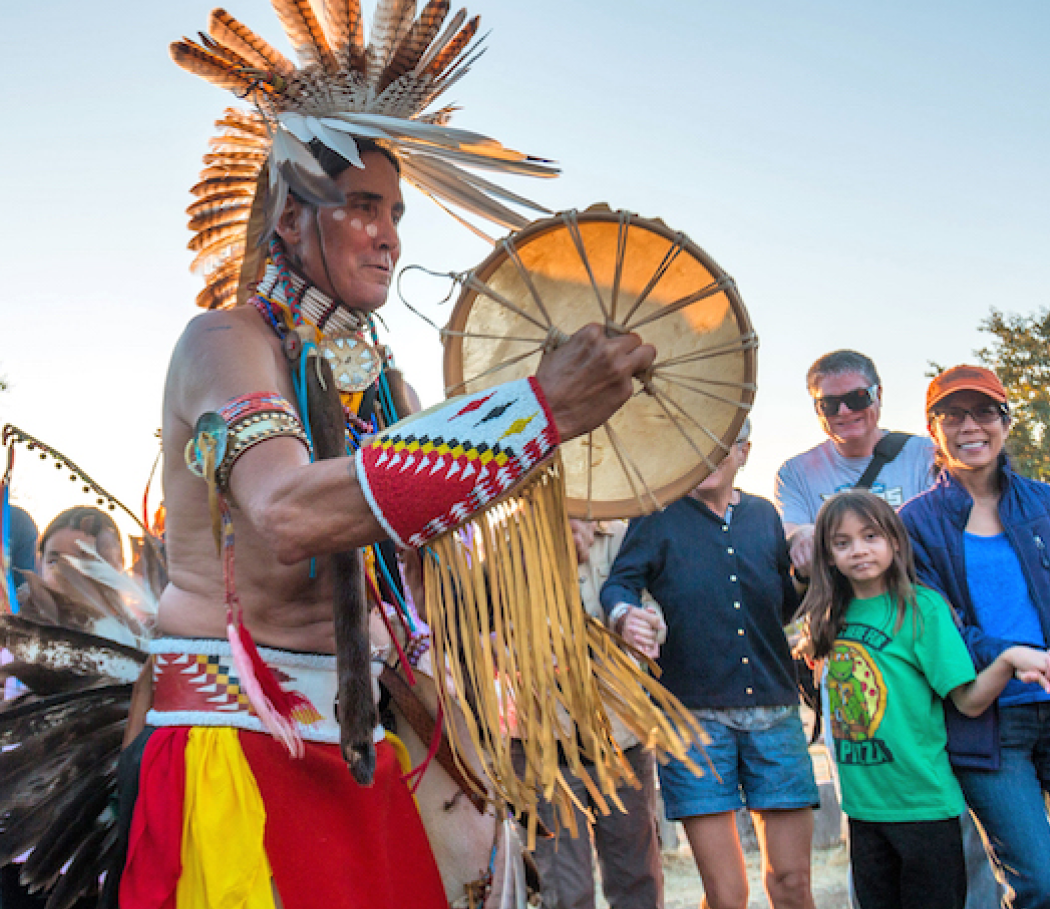The remains of an ancient culture, including ruins of the Great Houses of Chaco Canyon, lie silently in a remote canyon on the Colorado Plateau in northwestern New Mexico. Now part of Chaco Culture National Historical Park, these massive and mysterious communal structures, made primarily of stone interlaced with mud mortar, speak of a long-ago Southwest culture. The great houses, once covered by timbered roofs and ceilings made from thousands of large pine beams, took nearly three centuries to build.
Photo at right, by comparing the age of timbers in the Great Houses to the age of trees from the upland areas and mountain ranges around Chaco Canyon, the scientists hope to determine the source of the Great House timbers.
Scientists have explored Chaco Canyon for more than 100 years, making it one of the best-known archaeological sites in the world. According to research scholar Stephen H. Lekson, “Its ruins represent a decisive time and place in the history of ‘Anasazi,’ or Ancestral Pueblo peoples.”* Who these ancestral peoples were and what they accomplished has been the subject of much study, including research sponsored by Western National Parks Association.
One of the pressing questions archaeologists face is how to place an ancient structure on a historical timeline. The rate of decay of radioactive substances is one way to determine the age of an object, but attempts using this method to date Chaco Canyon’s Great Houses produced vague results. Where ancient buildings incorporated wooden beams, like Chaco Canyon’s Great Houses, dendrochronology—the science of tree ring dating—can help us accurately place these structures in history.
Dendrochronology (from dendron, meaning “tree limb,” and khronos, meaning “time”) can be used to date wooden objects based upon an analysis of tree rings. A tree’s annual rings can be seen in a horizontally-cross-sectioned trunk; each ring is a layer of wood produced by a single year’s growth. By comparing tree ring patterns in a timber core sample to the patterns in known samples, researchers can calculate exactly what year the tree was cut down.
Dendrochronolgy was established as a science in the early 20th century by A.E. Douglass, an astronomer who founded the University of Arizona Laboratory of Tree-Ring Research. In 2014, University of Arizona scientists Thomas Swetnam, Jeffrey Dean, and Christopher Guiterman were awarded a grant from Western National Parks Association to study the source of timbers from the Great Houses of Chaco Canyon. By comparing the age of timbers in the Great Houses to the age of trees from the upland areas and mountain ranges around Chaco Canyon, the scientists hope to determine the source of the Great House timbers.
The knowledge gained from this study will contribute to our understanding of ancient Pueblo culture and enhance the experience of visitors to Chaco Culture National Historical Park.
*According to Lekson, “Anasazi is an archaeological term…for the ancient peoples of the Four Corners region in New Mexico, Colorado, Utah, and Arizona.” Many archaeologists and Native peoples prefer Ancestral Pueblo peoples.
By Susan Swanberg, assistant professor of journalism at the University of Arizona






